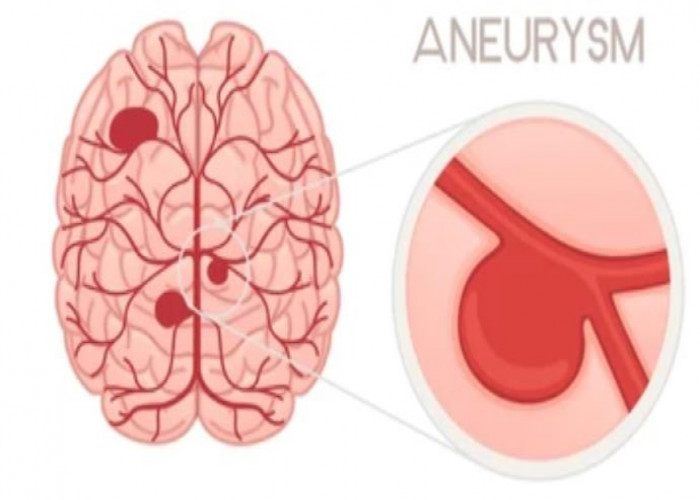 Welcome
Welcome
“May all be happy, may all be healed, may all be at peace and may no one ever suffer."
Brain aneurysm
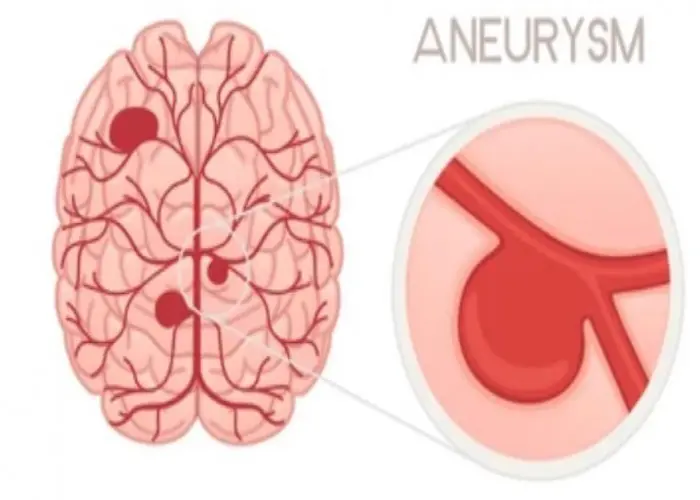
A brain aneurysm is a bulge or balloon-like bulge in a blood vessel in the brain. Aneurysms can be small and not cause any symptoms, or they can be large and potentially life-threatening if they rupture and cause bleeding in the brain. Risk factors for brain aneurysms include smoking, high blood pressure, a family history of aneurysms, and certain medical conditions such as polycystic kidney disease. Symptoms of an unruptured aneurysm may include headaches, visual disturbances, and changes in speech or hearing. If an aneurysm ruptures, symptoms may include a sudden, severe headache, nausea and vomiting, and loss of consciousness. Treatment options may include surgery to clip or coil the aneurysm and prevent further bleeding, medication to manage symptoms and prevent complications, or observation in cases where the aneurysm is small and not causing any symptoms. It is important to seek immediate medical attention if an aneurysm is suspected, as prompt treatment can help prevent potentially life-threatening complications.
Research Papers
Disease Signs and Symptoms
- Headaches
- Confusion (Hallucinations)
- Loss of consciousness (fainting)
- Drooping eyelid or pupil narrowing
- Seizures
- Sensitivity to light (Photophobia)
- Blurred vision that usually improves with blinking
- Double vision (diplopia)
- Stiff neck
- Nausea or vomiting
- Sudden, extremely severe headache
Disease Causes
Brain aneurysm
The causes of brain aneurysm are unknown, but a range of factors may increase your risk.
Disease Prevents
Disease Treatments
Surgery
Brain aneurysm surgery
Mayo Clinic surgeons performing an endovascular procedure for brain aneurysm
There are two common treatment options for a ruptured brain aneurysm.
- Surgical clipping is a procedure to close off an aneurysm. The neurosurgeon removes a section of your skull to access the aneurysm and locates the blood vessel that feeds the aneurysm. Then he or she places a tiny metal clip on the neck of the aneurysm to stop blood flow to it.
- Endovascular coiling is a less invasive procedure than surgical clipping. The surgeon inserts a hollow plastic tube (catheter) into an artery, usually in your groin, and threads it through your body to the aneurysm.
- He or she then uses a guide wire to push a soft platinum wire through the catheter and into the aneurysm. The wire coils up inside the aneurysm, disrupts the blood flow and essentially seals off the aneurysm from the artery.
Both procedures pose potential risks, particularly bleeding in the brain or loss of blood flow to the brain. The endovascular coil is less invasive and may be initially safer, but it may have a slightly higher risk of need for a repeat procedure in the future due to reopening of the aneurysm.
Flow diverters
Newer treatments available for brain aneurysm include flow diverters, tubular stent-like implants that work by diverting blood flow away from an aneurysm sac. The diversion stops blood movement within the aneurysm and so stimulates the body to heal the site, encouraging reconstruction of the parent artery. Flow diverters may be particularly useful in larger aneurysms that can't be safely treated with other options.
Your neurosurgeon or interventional neuroradiologist, in collaboration with your neurologist, will make a recommendation based on the size, location and overall appearance of the brain aneurysm, your ability to undergo a procedure, and other factors.
Other treatments (ruptured aneurysms)
Other treatments for ruptured brain aneurysms are aimed at relieving symptoms and managing complications.
- Pain relievers, such as acetaminophen (Tylenol, others), may be used to treat headache pain.
- Calcium channel blockers prevent calcium from entering cells of the blood vessel walls. These medications may lessen the erratic narrowing of blood vessels (vasospasm) that may be a complication of a ruptured aneurysm.
- One of these medications, nimodipine (Nymalize, Nimotop), has been shown to reduce the risk of delayed brain injury caused by insufficient blood flow after subarachnoid hemorrhage from a ruptured aneurysm.
- Interventions to prevent stroke from insufficient blood flow include intravenous injections of a drug called a vasopressor, which elevates blood pressure to overcome the resistance of narrowed blood vessels.
- An alternative intervention to prevent stroke is angioplasty. In this procedure, a surgeon uses a catheter to inflate a tiny balloon that expands a narrowed blood vessel in the brain. A drug known as a vasodilator also may be used to expand blood vessels in the affected area.
- Anti-seizure medications may be used to treat seizures related to a ruptured aneurysm. These medications include levetiracetam (Keppra), phenytoin (Dilantin, Phenytek, others), valproic acid (Depakene) and others. Their use has been debated by several experts, and is generally subject to caregiver discretion, based on the medical needs of each patient.
- Ventricular or lumbar draining catheters and shunt surgery can lessen pressure on the brain from excess cerebrospinal fluid (hydrocephalus) associated with a ruptured aneurysm. A catheter may be placed in the spaces filled with fluid inside of the brain (ventricles) or surrounding your brain and spinal cord to drain the excess fluid into an external bag.
- Sometimes it may then be necessary to introduce a shunt system — which consists of a flexible silicone rubber tube (shunt) and a valve — that creates a drainage channel starting in your brain and ending in your abdominal cavity.
- Rehabilitative therapy. Damage to the brain from a subarachnoid hemorrhage may result in the need for physical, speech and occupational therapy to relearn skills.
Treating unruptured brain aneurysms
Surgical clipping or endovascular coiling or a flow diverter can be used to seal off an unruptured brain aneurysm and help prevent a future rupture. However, in some unruptured aneurysms, the known risks of the procedures may outweigh the potential benefit.
A neurologist, in collaboration with a neurosurgeon or interventional neuroradiologist, can help you determine whether the treatment is appropriate for you.
Factors to consider in making treatment recommendations include:
- The size, location and overall appearance of the aneurysm
- Your age and general health
- Family history of ruptured aneurysm
- Congenital conditions that increase the risk of a ruptured aneurysm
If you have high blood pressure, talk to your doctor about medication to manage the condition. If you have a brain aneurysm, proper control of blood pressure may lower the risk of rupture.
In addition, if you smoke cigarettes, talk with your provider about strategies to stop smoking since cigarette smoking is a risk factor for formation, growth and rupture of the aneurysm.
Lifestyle changes to lower your risk
If you have an unruptured brain aneurysm, you may lower the risk of its rupture by making these lifestyle changes:
- Don't smoke or use recreational drugs. If you smoke or use recreational drugs, talk to your doctor about strategies or an appropriate treatment program to help you quit.
- Eat a healthy diet and exercise. Changes in diet and exercise can help lower blood pressure. Talk to your doctor about changes appropriate for you.
Disease Diagnoses
Disease Allopathic Generics
Disease Ayurvedic Generics
Disease Homeopathic Generics
Disease yoga
Brain aneurysm and Learn More about Diseases
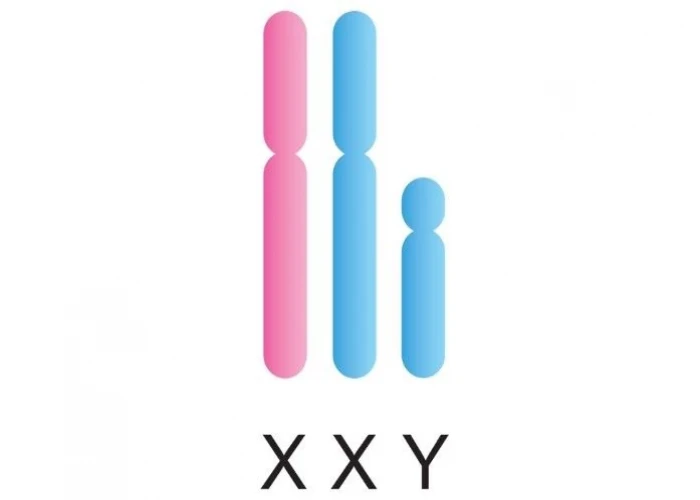
Klinefelter syndrome

West Nile virus
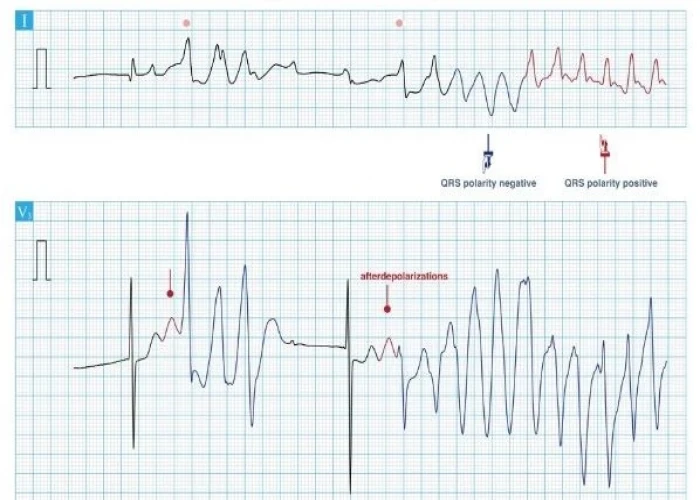
Long QT syndrome

Waldenstrom macroglobulinemia

Vulvodynia
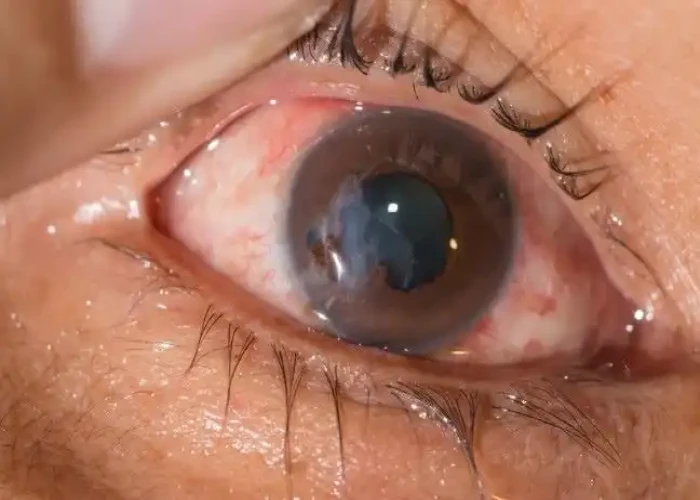
Traumtic eye

Anthrax
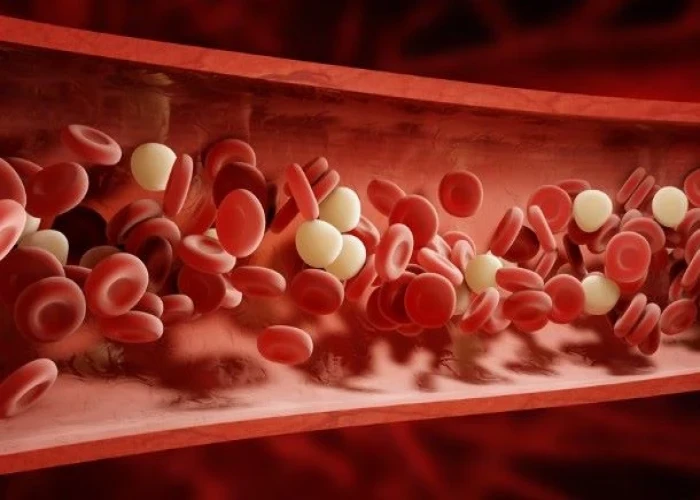
Monoclonal gammopathy of undetermined significance (MGUS)
Brain aneurysm, Berry aneurysm, Hemorrhage subarachnoid, মস্তিষ্ক অ্যানিউরিজম
To be happy, beautiful, healthy, wealthy, hale and long-lived stay with DM3S.
